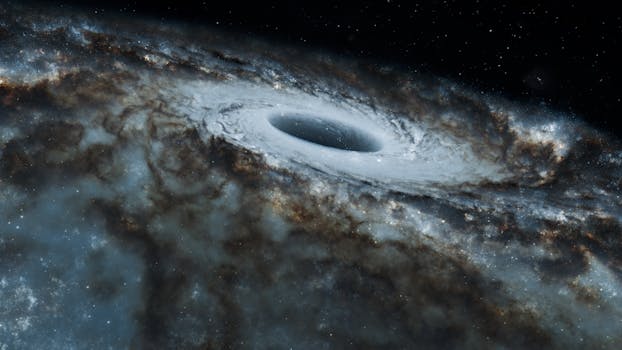
Introduction to Black Holes

Black holes are one of the most fascinating phenomena in the universe. Formed from the remnants of a massive star that has collapsed under its own gravity, they possess gravitational pulls so strong that not even light can escape. This section will explore the fundamentals of black holes, including their formation, types, and the mysteries that surround them.
The Science Behind Black Holes

Understanding black holes requires delving into complex astrophysics. They can be categorized into three main types: stellar black holes, supermassive black holes, and intermediate black holes. Stellar black holes are formed from dying stars, while supermassive black holes, found at the center of galaxies, can contain millions to billions of solar masses. This section will break down the science behind their formation and their role in the universe.
Deep Space Exploration: The Quest for Knowledge

As technology advances, our ability to explore deep space improves. Missions like the Hubble Space Telescope and the Mars Rover have expanded our understanding of the cosmos. This section will highlight current and upcoming missions aimed at uncovering the secrets of black holes and the broader universe, emphasizing the importance of exploration for scientific progress.
The Impact of Black Holes on the Universe

Black holes play a crucial role in the dynamics of galaxies and the evolution of the universe. They can influence star formation and the movement of galaxies. This section will examine how black holes affect their surroundings and what this means for our understanding of cosmic structures.
Future of Black Hole Research

With advancements in technology such as gravitational wave detection and enhanced telescopes, the future of black hole research is promising. This section will explore the cutting-edge studies and theories that are shaping our understanding of black holes, including the potential for new discoveries that could change our view of the universe.






